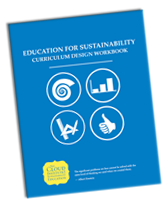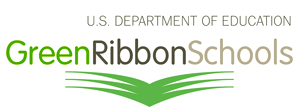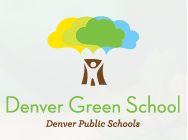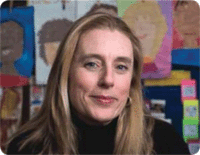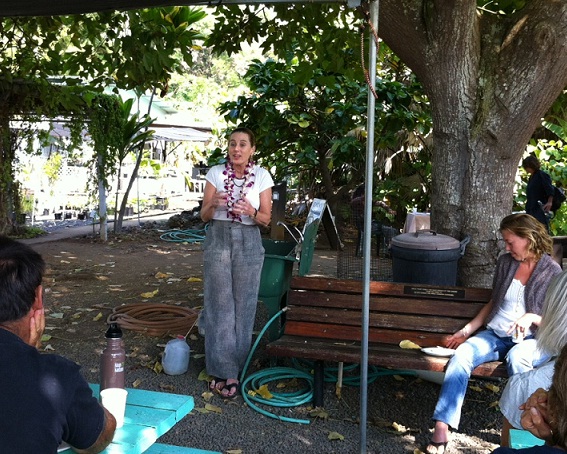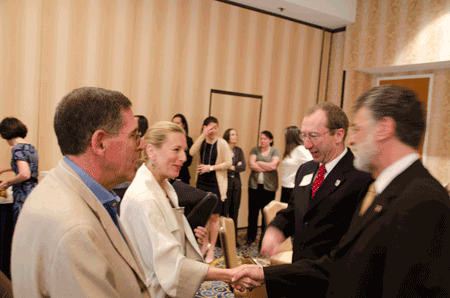Systems Thinking Leads to Long-Term View For Students at Trevor Day School (By Grant Lichtman)
/Reposted from: http://learningpond.wordpress.com/2012/10/04/systems-thinking-leads-to-long-term-view-for-students-at-trevor-day-school/
Teaching context, the weaving together of content, is more powerful than teaching content alone. But teaching context to our students allows them to understand that one set of contextual relationships. Teaching them the skills of how to acquire context allows them to develop context on their own for the rest of their lives. This is the challenge of teaching students to become life-long self-evolving learners. It is hard. For years I have been looking for a school or set of educators who do this overtly, not assuming that through a generally good education their students will acquire these skills, but actually teaching them alongside the other critical skills of education like reading, and writing and math. If you are interested in how a school is teaching students to be systems thinkers, to both understand and create their own long term perspectives, read on.
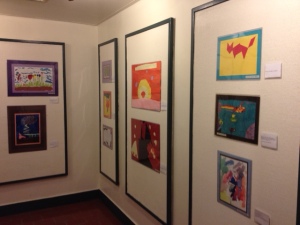 Trevor Day School is a multi-campus New York City preK-12, and I only got to visit with the elementary division, but I also got to spend a lot of time with their two educational leaders, veteran Head Pam Clarke and Assistant Head Lisa Alberti. They told me that Trevor has had some rough patches in its history, including the difficult merger of two schools. They also have a cultural history of self-reflection. Their teacher conferences, even at the lowest grade levels, have always been organized around a student-teacher meeting to set goals, followed by a student-teacher-family conference to review performance and talk about how the student-set goals can best be achieved. Recently they have undertaken the departmental reviews by external teams that so many schools find helpful in revising curriculum and teaching methods. Trevor takes advantage of their location and invites university experts in along with K-12 colleagues on these reviews. They filter the reviews and reports to steer changes along pathways that are consistent with their mission. As we discussed, all ideas are not good ideas, or good for the time, and many schools fail to take the important step of filtering out change for the sake of change.
Trevor Day School is a multi-campus New York City preK-12, and I only got to visit with the elementary division, but I also got to spend a lot of time with their two educational leaders, veteran Head Pam Clarke and Assistant Head Lisa Alberti. They told me that Trevor has had some rough patches in its history, including the difficult merger of two schools. They also have a cultural history of self-reflection. Their teacher conferences, even at the lowest grade levels, have always been organized around a student-teacher meeting to set goals, followed by a student-teacher-family conference to review performance and talk about how the student-set goals can best be achieved. Recently they have undertaken the departmental reviews by external teams that so many schools find helpful in revising curriculum and teaching methods. Trevor takes advantage of their location and invites university experts in along with K-12 colleagues on these reviews. They filter the reviews and reports to steer changes along pathways that are consistent with their mission. As we discussed, all ideas are not good ideas, or good for the time, and many schools fail to take the important step of filtering out change for the sake of change.
The exciting takeaway from Trevor is that they are intentionally teaching the skills of systems thinking in order to truly instill an understanding of longitudinal perspective in the students. The details that follow are mostly from the lower grades, and Pam and Lisa were clear that this mindset has not migrated completely upwards to the upper grades. But is it moving as the students bring these understandings with them.
 Systems thinking is the core set of skills that allows students to understand complex relationships, which, of course, are at the heart of the complicated world in which we live. (Full disclosure of bias: they are also at the heart of my teaching and book, The Falconer. If you are interested, look to the right of this page and check it out; you can download the intro for free.) Many believe that we can’t teach these skills at a young age; they have been at the top of Bloom’s taxonomy and we have incorrectly thought that we have to teach all the lower parts of Bloom before students can get to the top. (See my post on Flipping and Doubling Bloom.) Trevor is proving we can teach these skills, and that, as with all skills, it is critical to have a multi-year, integrated sequence of exposure and practice.
Systems thinking is the core set of skills that allows students to understand complex relationships, which, of course, are at the heart of the complicated world in which we live. (Full disclosure of bias: they are also at the heart of my teaching and book, The Falconer. If you are interested, look to the right of this page and check it out; you can download the intro for free.) Many believe that we can’t teach these skills at a young age; they have been at the top of Bloom’s taxonomy and we have incorrectly thought that we have to teach all the lower parts of Bloom before students can get to the top. (See my post on Flipping and Doubling Bloom.) Trevor is proving we can teach these skills, and that, as with all skills, it is critical to have a multi-year, integrated sequence of exposure and practice.
As with many of the other schools I have visited, it was clear to me that none of this would have happened without the highly intentional direction and support of Head Pam Clarke. She is not only a strong and dynamic leader, but also a keen academician who has been a leader in what we call 21C since well before the dawn of this young century. Getting faculty to collaborate along all-school pathways is never easy and Pam had to put people and processes into the “right places on the bus” in order to get the pieces moving in coordination. She is also a supporter of teaching systems thinking, which is a key, if not the key, to so much of the cross-grade collaboration that is deeply rich with what we call 21C skills.
 We visited a 2nd grade class that is studying plant biology. The teacher was using a Venn diagram to introduce the system of nutrients (sun, water, soil) required for plant germination. The second graders not only learned and understood the use of Venn, but they independently saw how to solve for missing nutrients in a scientific experiment. Our visit ended with the students and teachers huddled on the floor, placing seed pots into the spaces of the Venn relative to their upcoming experiments. Venn diagrams are a tool, but they also represent a mindset, both of which can be extrapolated in the future to more complex, multi-variable systems. Trevor extends this long-term view of the world through its off-campus relationships, including a forest conservation and biodiversity project in upstate New York, and with ongoing research projects in Central Park and on the Hudson River:
We visited a 2nd grade class that is studying plant biology. The teacher was using a Venn diagram to introduce the system of nutrients (sun, water, soil) required for plant germination. The second graders not only learned and understood the use of Venn, but they independently saw how to solve for missing nutrients in a scientific experiment. Our visit ended with the students and teachers huddled on the floor, placing seed pots into the spaces of the Venn relative to their upcoming experiments. Venn diagrams are a tool, but they also represent a mindset, both of which can be extrapolated in the future to more complex, multi-variable systems. Trevor extends this long-term view of the world through its off-campus relationships, including a forest conservation and biodiversity project in upstate New York, and with ongoing research projects in Central Park and on the Hudson River:
- 1st graders have a 2.5-hour block of time in Central Park every week to research and collect data on plants that are revisited every year to compile and compare longitudinal data.
- 2nd graders study the system of trees, and adopt and research individual trees in the Park.
- 3rd graders research and collect field data on the Hudson, and participate in a major Snapshot day where many university researchers collect and compile data on the ecology and health of the river.
- 5th graders study the local marsh communities, and fold environmental indicators in to their study of economics.
- 7th graders study biodiversity indicators including salamander populations in the Black Rock Forest.
Through these programs, the students develop a common language of what it means to have a long view of the world around us. They prescribe to Jaimie Clouds ideas of common and shared resources and try to understand their own world, from the classroom to their areas of study, within this context.
Lisa told me they do not see the choice that stresses some schools between being “rigorous” and being “supportive”. Support is a core part of the culture demonstrated in their use of space, as they have Common Time and a Common Room that is a core for each group of grade level classes. Teacher’s desks are in these Common Rooms; students can find help and a place to work, and the teachers have dedicated time for collaboration and a place to meet.
I wish I had time to visit the other divisions at Trevor, but my dance card was full! It was exciting to see intentional systems thinking instruction, even at the youngest ages validating much of my assumptions about teaching these critical skills to our students. Now, my only worry is that Pam is an expert editor and proof reader and she is sure to find some typos or errors in this post!

